-
Common Blue-eyed Grass
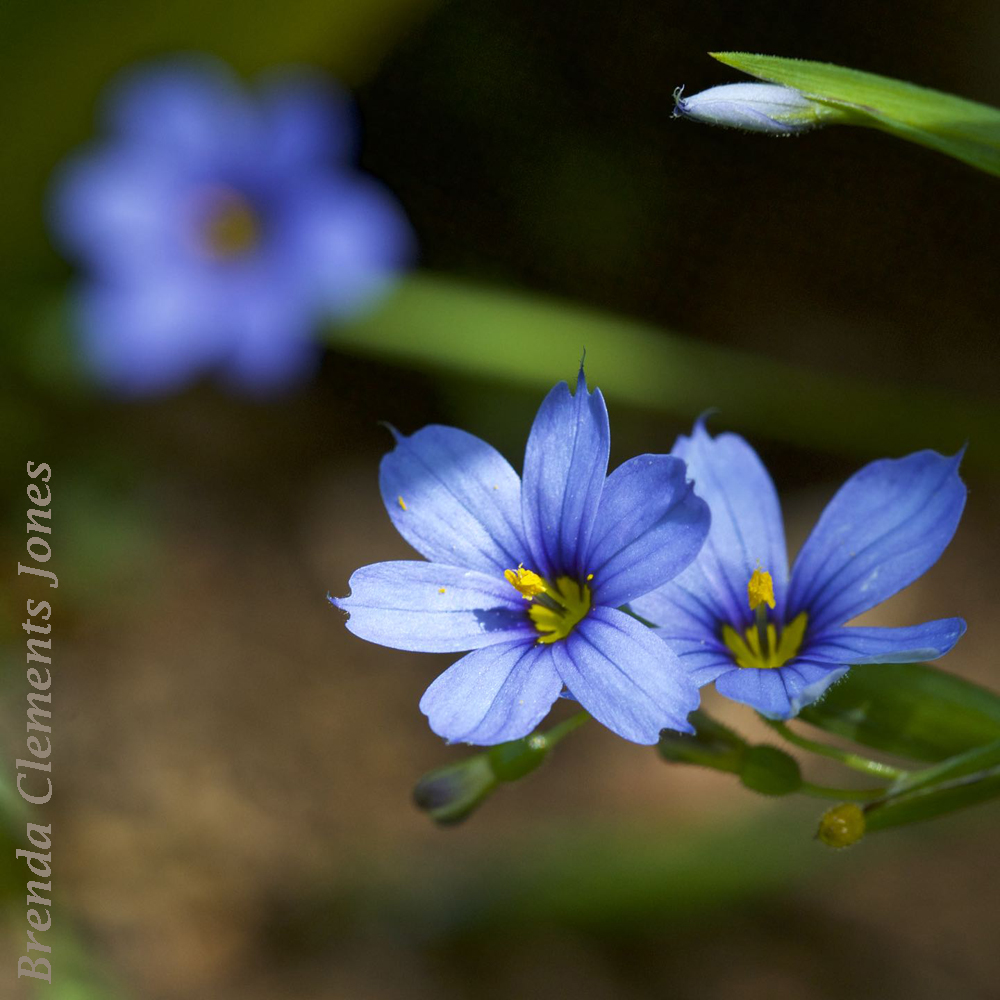
A clump of grass in early spring becomes green streaks, highlighted with six pointed dots of cheery blue. Common Blue-eyed Grass (Sisyrinchium angustifolium) is native to the eastern two thirds of the United States and Canada. Though “grass” is in the common name, it is not a grass at all but is in the iris…
-
Yellow Trillium
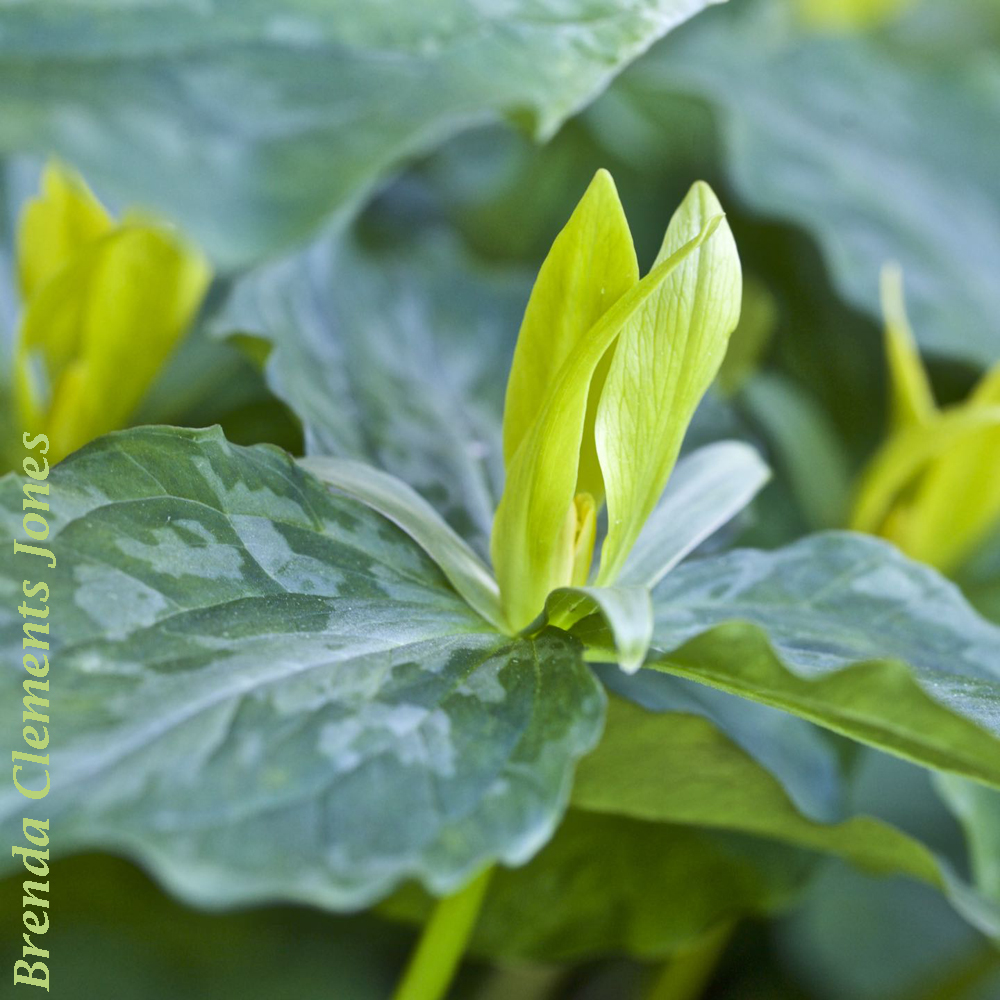
Not quite native to Virginia though I’m quite pleased to have these flowers blooming in my gardens. Yellow Trillium (Trillium luteum) is native to Tennessee, North Carolina, Georgia, and Kentucky. Some speak of a lemony scent. It must be mighty subtle. I don’t detect it. The plants emerge from underground rhizomes which will spread slowly if…
-
Black Cohosh
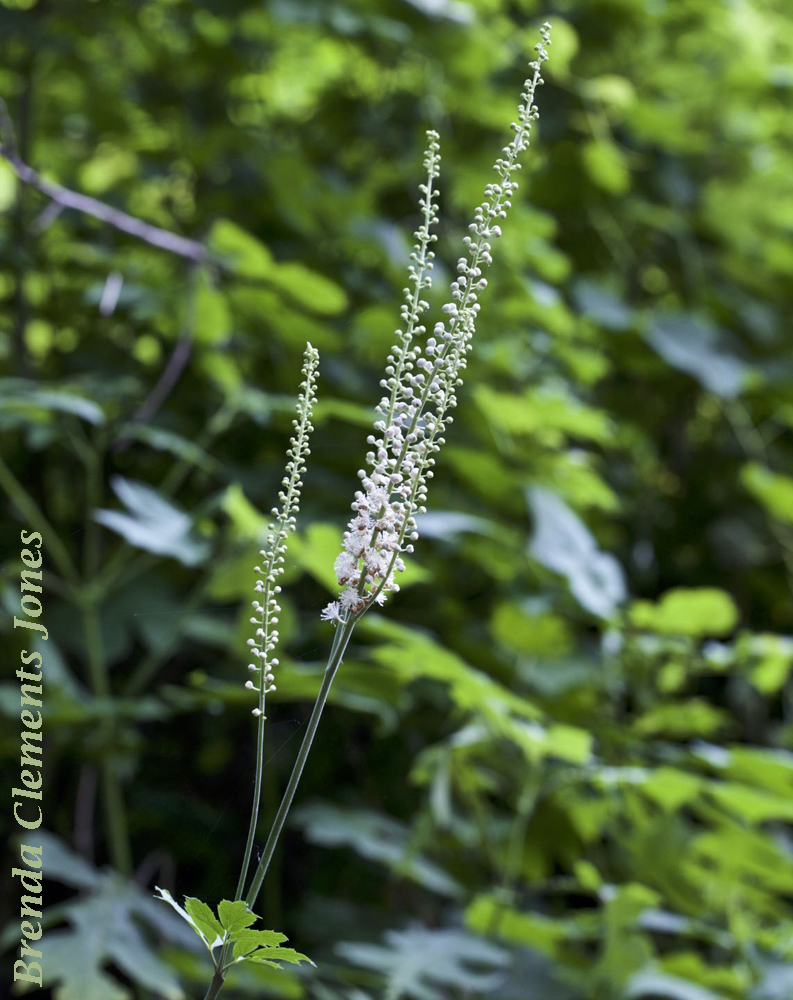
A wonderful sight in late June early July. Blooms of Black Cohosh (Cimicifuga racemosa) when there are few other flowers blooming in the woods. Black Cohosh is a herbaceous perennial native to eastern North America. Quite plentiful here in the Blue Ridge Mountains. Rising above their leaves on tall stems to six or eight feet.…
-
Virginia Springbeauty
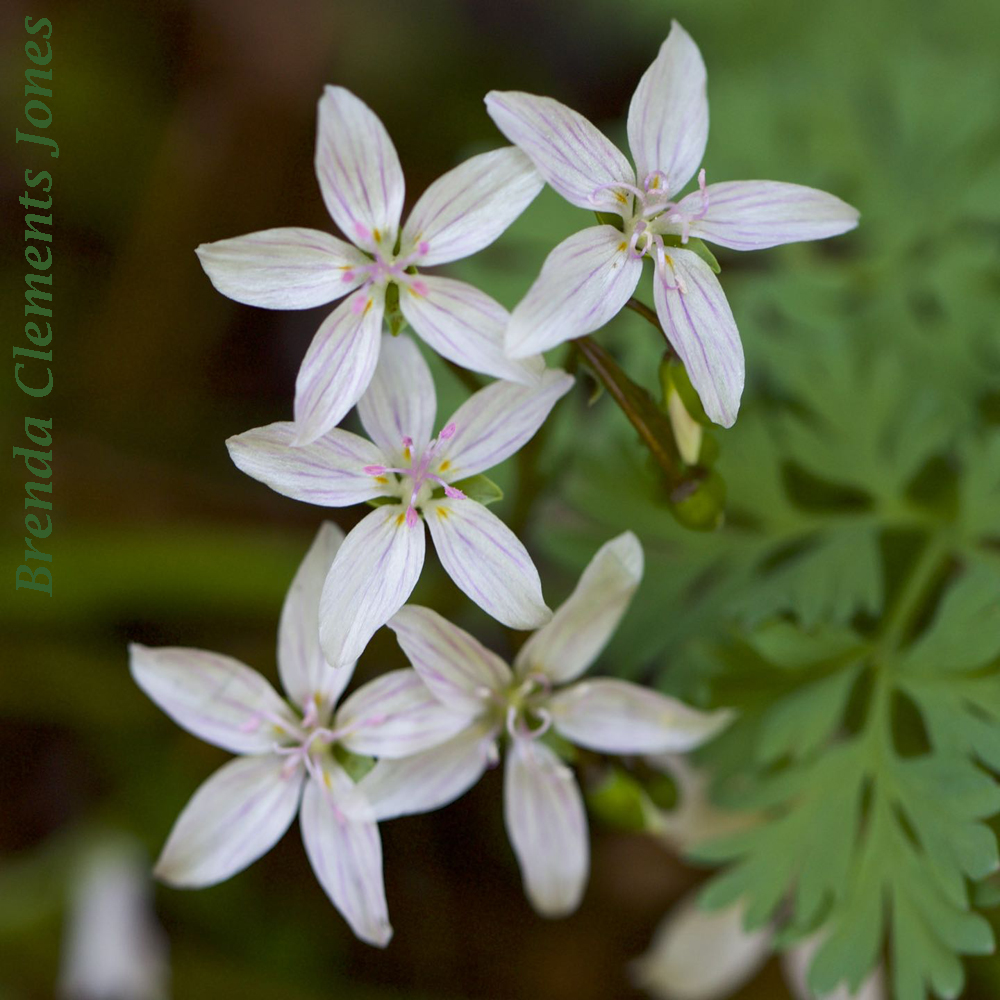
I’ve got itty-bitty buds on my Virginia Springbeauty (Claytonia virginica). Buds that look very much like really teeny tiny jalapeño peppers. What looks to me like those jalapeño peppers are sepals. Sepals are leaf-like structures surrounding and protecting the maturing bud. The number of sepals varies in difference species of flower. In Virginia Springbeauty there…
-
Sassafras Trees Are Dioecious
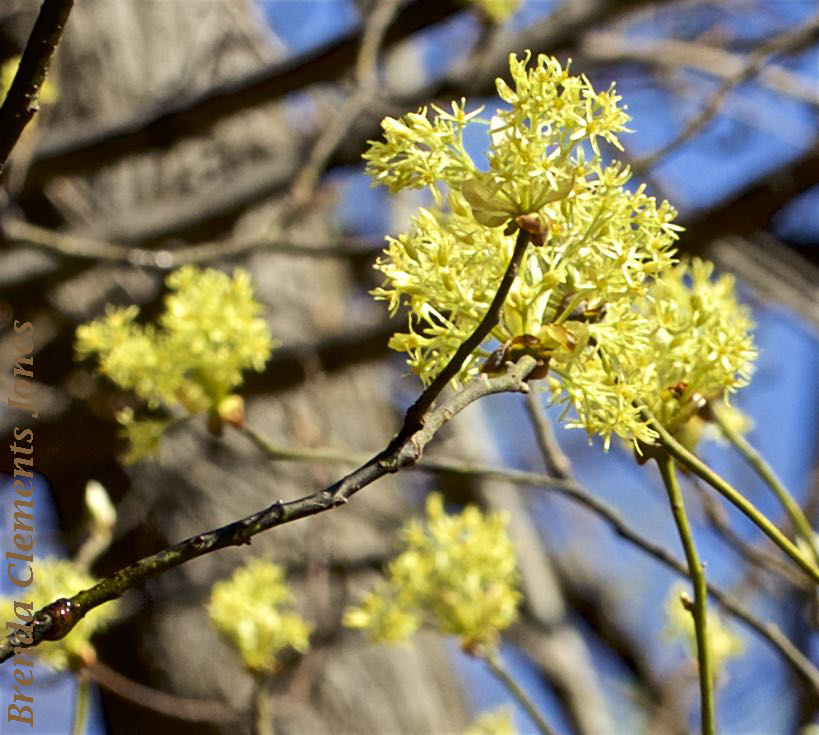
Seems winter has given up. Spring has won the battle of the seasons and is stepping through the woods. Right now, mid-April, Sassafras Trees (Sassafras albidum) are in bloom throughout the woods of the Blue Ridge Mountains in central Virginia. Creating a soft watercolor wash of pale yellow. Sassafras is a dioecious tree, meaning any…
-
Wood Poppy Revisited
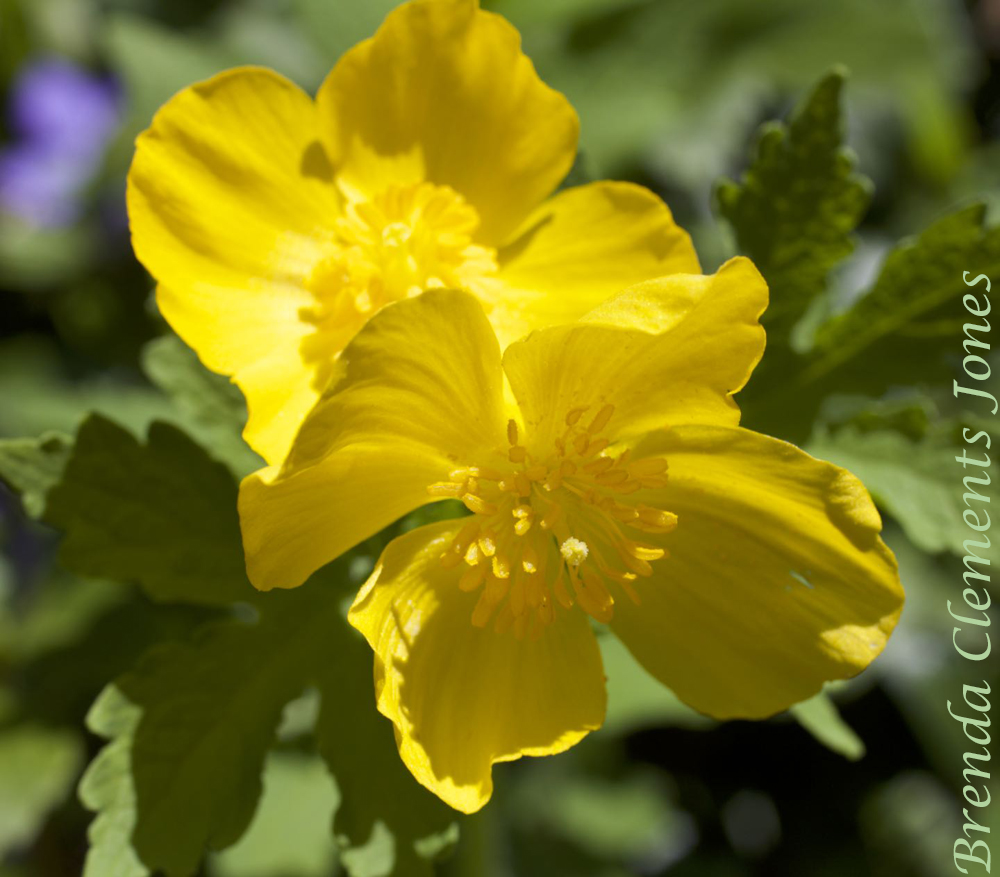
I’ve written about Wood Poppy (Stylophorum diphyllum) before but I enjoy the native flower with its happy yellow so much I’d like to tell you more about it. The deeply lobed green-blue leaves of Wood Poppy are poking up from the surface of the soil here in the Blue Ridge now, as the month of…
-
Rue Anemone
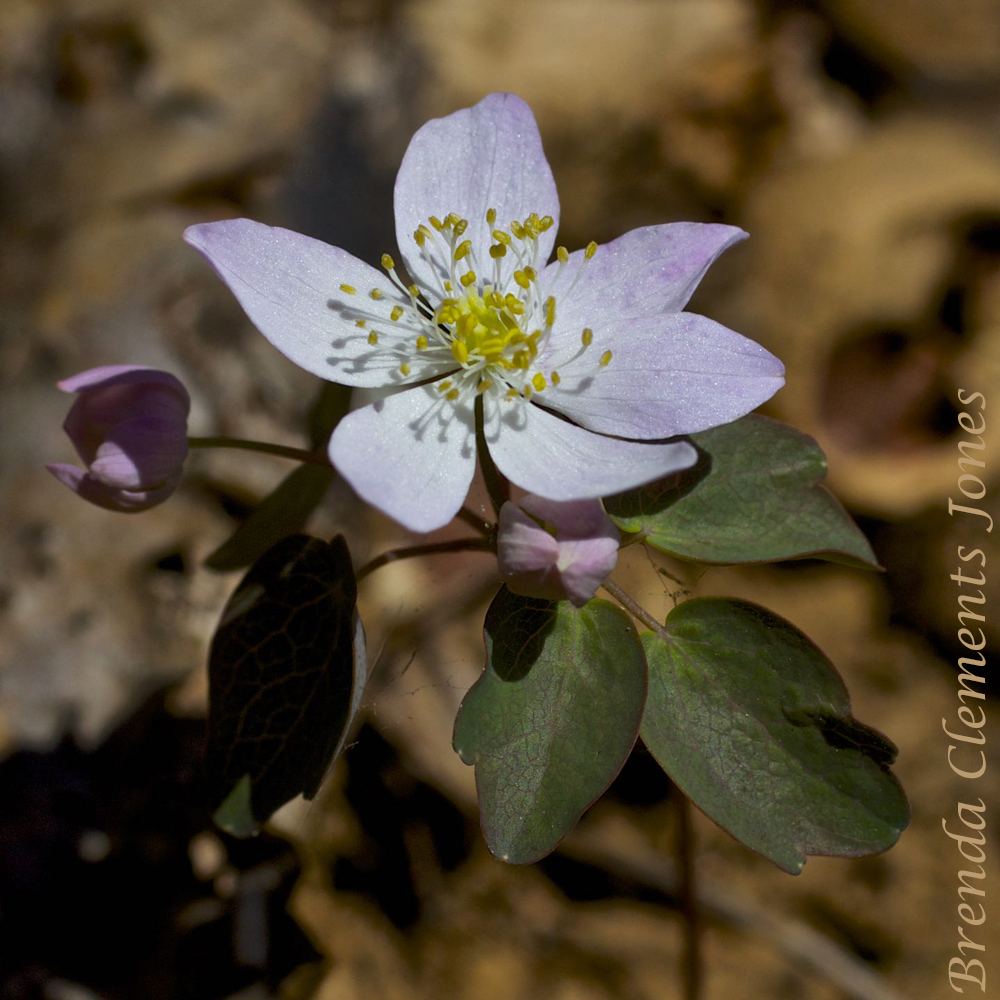
Here in the Blue Ridge depending on your elevation you’ll be seeing Rue Anemone (Thalictrum thalictroides) beginning to bloom around the middle of April. This spring ephemeral is native to deciduous woodlands of eastern North America. So small, you must really look for them along the trail. They grow to only four to eight inches…
-
Jeffersonia or Twinleaf
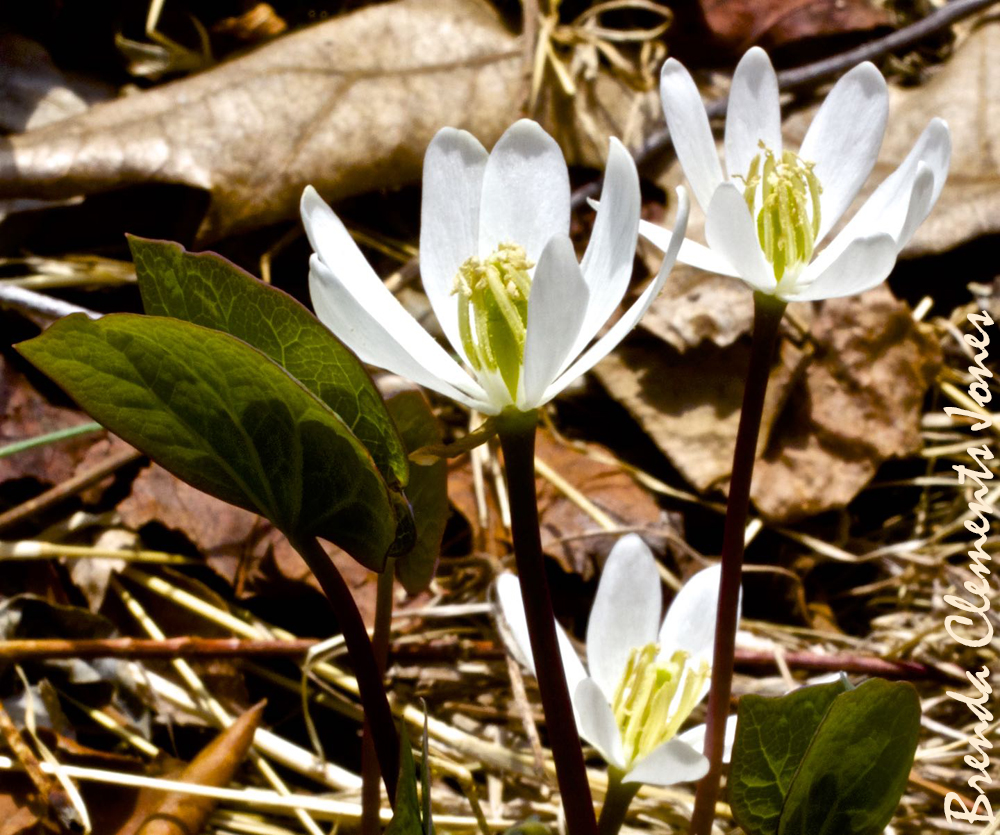
Jeffersonia (Jeffersonia diphylla). In 1792 the botanist Benjamin Smith Barton named this plant after Thomas Jefferson. In 1807 Jefferson had Jeffersonia growing in one of the oval flower beds of Monticello. I’m proud to have something in common with my neighbor Thomas. Within a matter of four weeks I’ll be searching for these little signs…
-
Tall Anemone
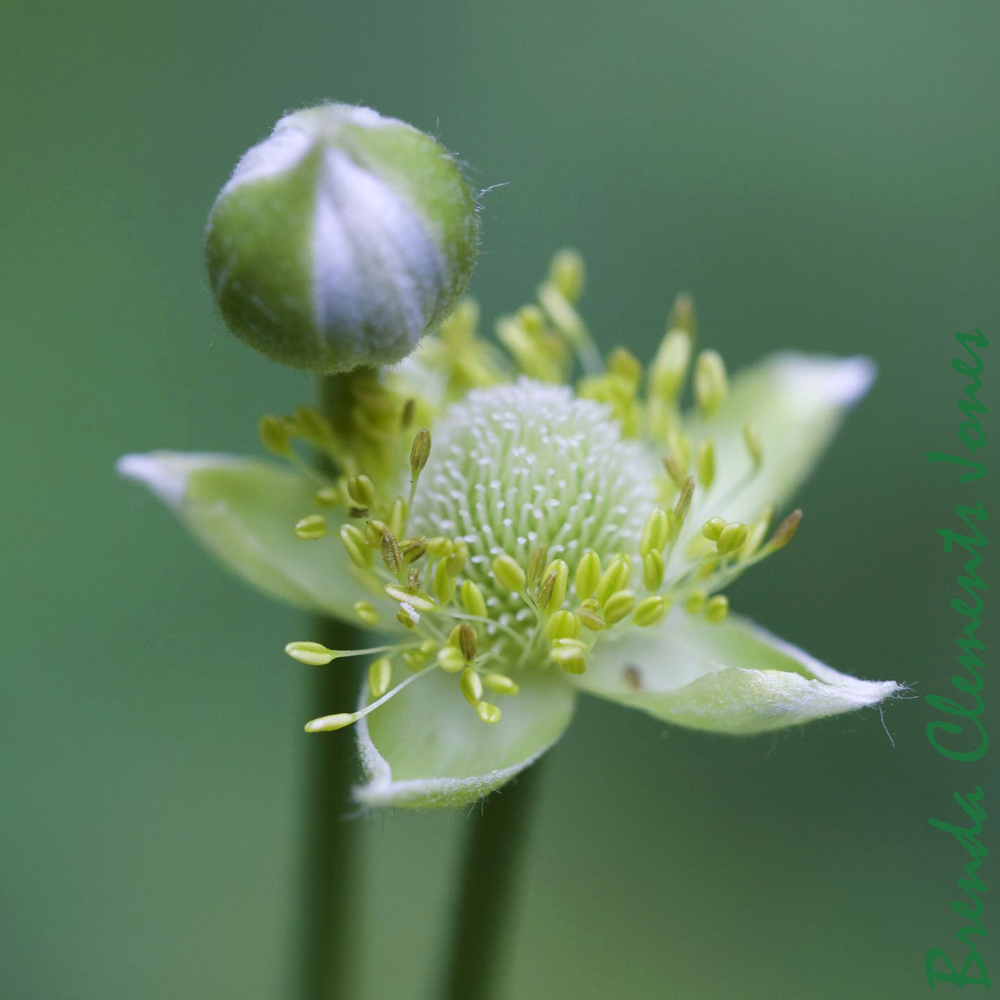
Tall Anemone (Anemone virginiana). A gift that shows up in my gardens thanks to Mother Nature. Filled with delight when it makes an appearance as a volunteer. A plant native to eastern North America where it can be found in 38 of the 50 United States. In the north from Maine to Minnesota and clear…